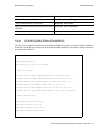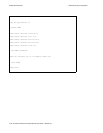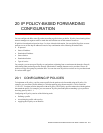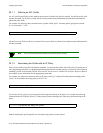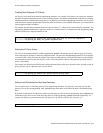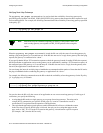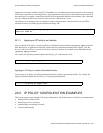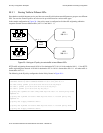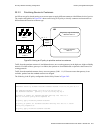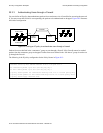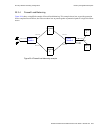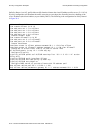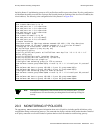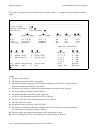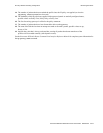
Riverstone Networks RS Switch Router User Guide Release 8.0 20-7
IP Policy-Based Forwarding Configuration IP Policy Configuration Examples
20.2.2 Prioritizing Service to Customers
An ISP can use policy-based routing on an access router to supply different customers with different levels of service.
The sample configuration in Figure 20-2 shows an RS using an IP policy to classify customers and route traffic to
different networks based on customer type.
Figure 20-2 Using an IP policy to prioritize service to customers
Traffic from the premium customer is load balanced across two next-hop gateways in the high-cost, high-availability
network. If neither of these gateways is available, then packets are forwarded based on dynamic routes learned via
routing protocols.
Traffic from the standard customer always uses one gateway (200.1.1.1). If for some reason that gateway is not
available, packets from the standard customer are dropped.
The following is the IP policy configuration for the Policy Router in Figure 20-2:
interface create ip premium-customer address-netmask 10.50.1.1/16 port et.1.1
interface create ip standard-customer address-netmask 11.50.1.1/16 port et.1.2
acl premium-customer permit ip 10.50.0.0/16 any any any 0
acl standard-customer permit ip 11.50.0.0/16 any any any 0
ip-policy p1 permit acl premium-customer next-hop-list "100.1.1.1
200.1.1.1" action policy-first sequence 20
ip-policy apply interface premium-customer
ip-policy p2 permit acl standard-customer next-hop-list 200.1.1.1 action
policy-only sequence 30
ip-policy apply interface standard-customer
Premium Customer
10.50.*.*
Standard Customer
11.50.*.*
ISP
et.1.1
et.1.2
Low-Cost Network
200.1.1.1
High-Cost, High Availability
Network 100.1.1.1
Policy
Router



